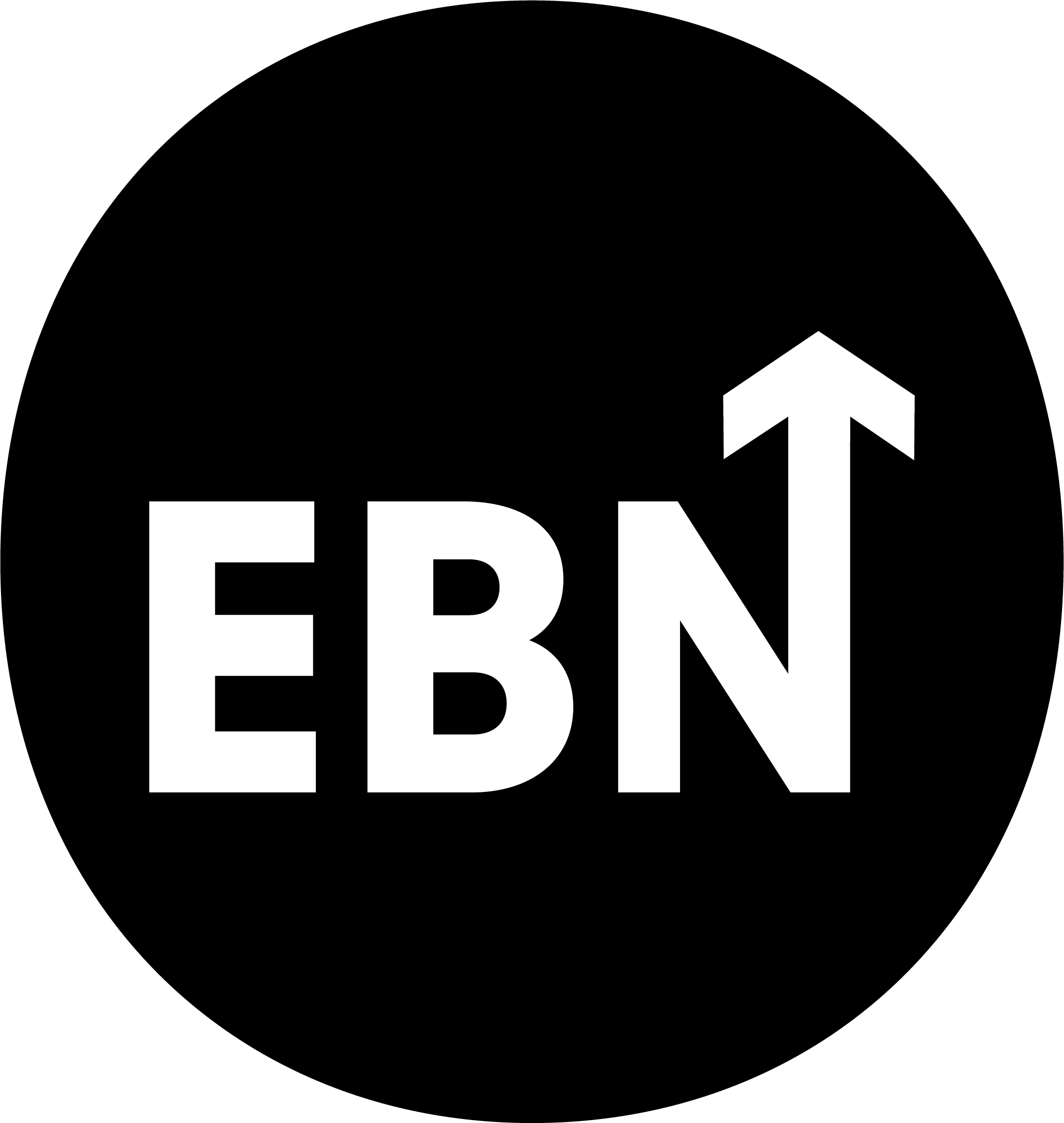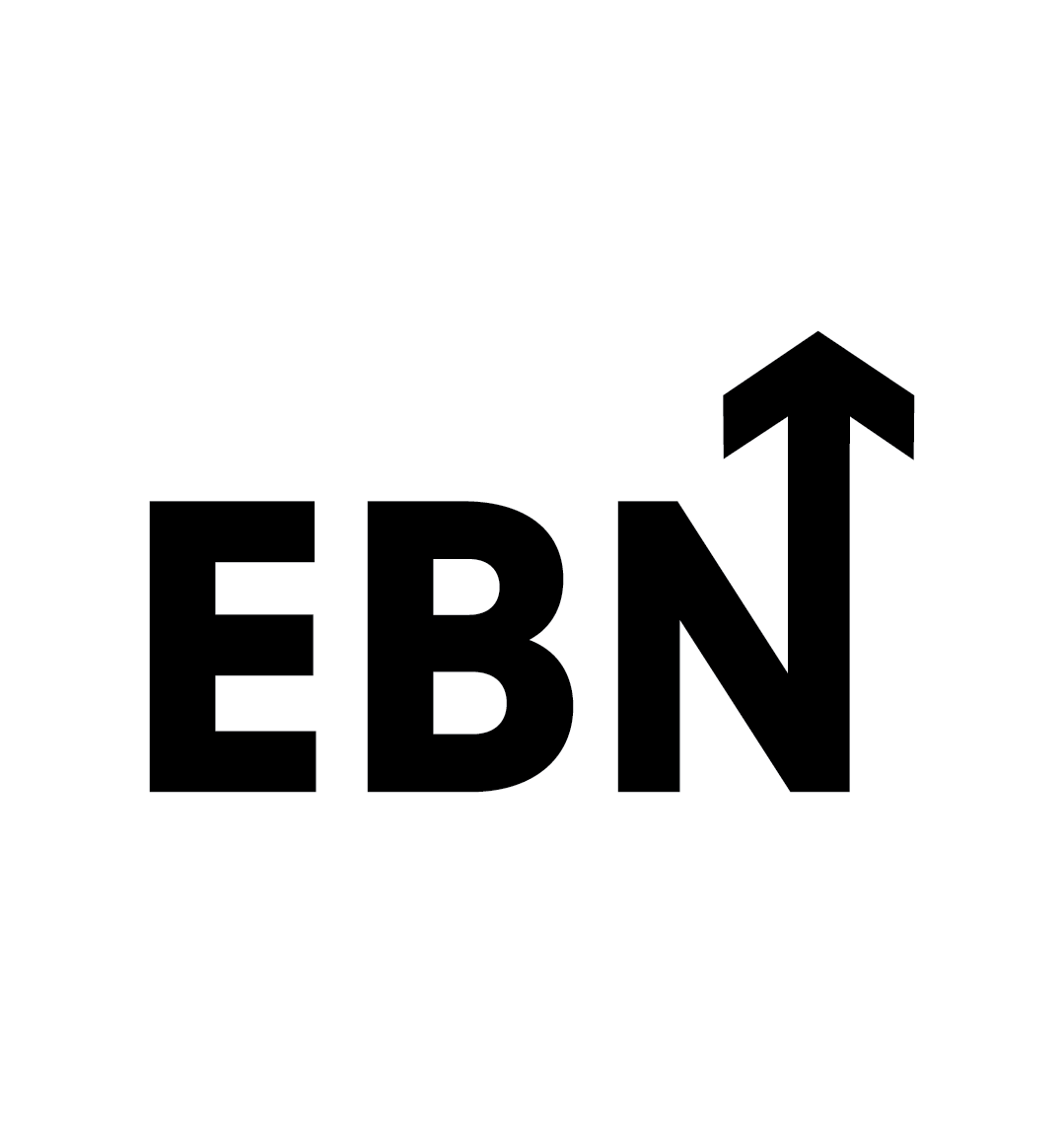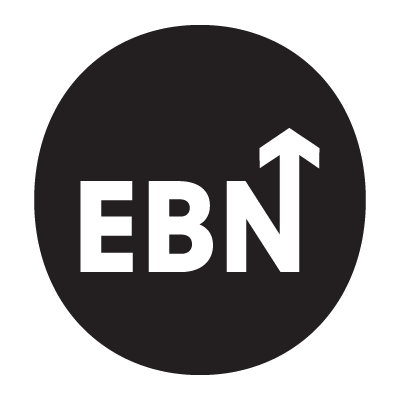Guest writer: Vijay Dahima
Introduction
In the ever-evolving landscape of modern business, the integration of organizational culture and employer branding emerges as a cornerstone for sustainable success. This seamless fusion not only fosters a unique identity but also attracts and retains top-tier talent. Reflecting on my years of experience, I am reminded of a recent encounter at a friend's son's wedding, where a simple inquiry about my profession sparked a deeper reflection on the profound impact of this integration.
The Essence of Organizational Culture
Organizational culture is the lifeblood of any company. It encompasses the shared values, beliefs, and practices that shape the behaviour of its members. A well-defined culture provides a sense of identity and purpose, guiding employees in their day-to-day activities and decision-making processes. It is a dynamic entity, constantly evolving with the organization's growth and external influences.
Momentum isn’t always progress, especially when you always end up back where you started.
Fathom helps you escape the loop. With insight, not intuition.
Key Elements of Organizational Culture
- Purpose and Values: These are the core principles that define the organization's reason for existence and the ethical standards it upholds.
- Vision and Mission: The vision outlines the long-term aspirations, while the mission defines the immediate goals and objectives.
- Leadership: Effective leadership sets the tone for the culture, embodying the values and vision of the organization.
- Communication: Open and transparent communication fosters trust and collaboration among employees.
- Work Environment: A positive and inclusive work environment enhances employee satisfaction and productivity.
- Innovation and Growth: Encouraging innovation and continuous learning ensures the organization remains competitive and adaptable.
The Role of Employer Branding
While a strong organizational culture is crucial, it is not sufficient on its own to attract and retain talent. This is where employer branding comes into play. Employer branding is the process of promoting the organization as an employer of choice, highlighting its unique culture, values, and benefits to potential and current employees.
Benefits of Employer Branding
- Visibility and Awareness: A strong employer brand increases the organization's visibility in the job market, attracting top talent.
- Differentiation and Distinctiveness: It sets the organization apart from competitors, showcasing its unique attributes.
- Trust and Reputation: A positive employer brand builds trust and enhances the organization's reputation.
- Consistency in Outreach: Consistent messaging across various platforms ensures a cohesive brand image.
- Adaptability: As the organization evolves, the employer brand can adapt to reflect new values and priorities.
Helping HR, talent acquisition, employer branding, and company culture professionals find careers worth smiling about.
The Power Duo: Integrating Culture and Branding
The true power lies in the integration of organizational culture and employer branding. This integration creates a compelling narrative that resonates with both internal and external stakeholders. It amplifies the organization's culture, making it visible to a broader audience and reinforcing its reputation as an employer of choice.
Synergistic Effects
When organizational culture and employer branding are seamlessly integrated, they create a synergy that is greater than the sum of its parts. This integration:
- Consistency: Provides a consistent message across all touchpoints, from recruitment to employee experience and external communications.
- Authenticity: Ensures that the external brand promise aligns with the internal reality, creating an authentic representation of the organization.
- Talent Attraction: Attracts like-minded individuals who are more likely to thrive in the organization's culture, improving recruitment outcomes.
- Employee Engagement: Increases employee engagement by aligning personal values with organizational values, fostering a sense of belonging and purpose.
Amplifying Cultural Strengths
The integration allows organizations to showcase their unique cultural strengths:
- Differentiation: Highlights what makes the organization unique, helping it stand out in a competitive job market.
- Storytelling: Enables the organization to tell compelling stories about its culture, values, and employee experiences, making the employer brand more relatable and memorable.
- Living the Brand: Encourages employees to become brand ambassadors, authentically representing the organization's culture in their interactions with external stakeholders.
Creating a Feedback Loop
The integration of culture and branding creates a positive feedback loop:
- Brand Evolution: As the culture evolves, the employer brand can adapt, ensuring it remains relevant and authentic.
- Cultural Reinforcement: As the employer brand communicates cultural values, it reinforces those values within the organization.
- Continuous Improvement: Feedback from employer branding efforts can inform cultural initiatives, leading to ongoing refinement and enhancement of the organizational culture.
Strategic Alignment
This integration ensures strategic alignment across the organization:
- Change Management: Facilitates smoother organizational changes by providing a consistent cultural narrative during transitions.
- Business Goals: Aligns culture and branding efforts with overall business objectives, ensuring that talent strategies support organizational goals.
- Stakeholder Engagement: Engages all stakeholders - employees, customers, partners, and investors - with a unified message about the organization's identity and values.
Measuring Impact
The integration allows for more comprehensive measurement of impact:
- ROI Assessment: Provides a clearer picture of the return on investment for culture and branding initiatives.
- Holistic Metrics: Enables the development of metrics that measure both cultural strength and employer brand effectiveness.
- Predictive Analytics: Allows for the use of data analytics to predict how cultural and branding efforts will impact key business outcomes.
By integrating organizational culture and employer branding, companies can create a powerful narrative that not only attracts top talent but also fosters a strong sense of identity and purpose among existing employees. This integration amplifies the organization's unique cultural attributes, making them visible and appealing to a broader audience, while simultaneously reinforcing the company's reputation as an employer of choice.
Real-World Examples
LinkedIn's Global Talent Trends Report highlights that companies with strong cultures are more attractive to job seekers. For instance, organizations that prioritize work-life balance, employee development, and positive workplace culture are seen as more desirable employers. This reinforces the importance of integrating culture and branding to create a compelling employer brand.
Examples we can reference for insight and inspiration:
- Google: Google is renowned for its unique culture and strong employer brand. The company has created a work environment that emphasizes innovation, creativity, and employee well-being. Google's culture is characterized by its famous perks like free gourmet meals, on-site fitness centers, and the "20% time" policy that allows employees to work on personal projects. This culture is seamlessly integrated into their employer branding, which promotes Google as a place where talented individuals can work on cutting-edge technology while enjoying a supportive and fun work environment.
- Salesforce: Salesforce has built a strong culture around its core values, which include trust, customer success, innovation, and equality. The company's "Ohana" culture, inspired by the Hawaiian concept of family, emphasizes inclusivity and mutual support. Salesforce's employer branding reflects this culture, highlighting the company's commitment to social responsibility, diversity, and employee development. Their "1-1-1 model" of corporate philanthropy, where the company donates 1% of its equity, 1% of its product, and 1% of employees' time to charitable causes, is a key part of both their culture and employer brand.
- Zappos: Zappos, the online shoe and clothing retailer, is famous for its customer-centric culture and unique approach to employee engagement. The company's culture is built around ten core values, including "Deliver WOW Through Service" and "Create Fun and A Little Weirdness". Zappos integrates this culture into its employer branding by showcasing its unconventional hiring practices (like offering new hires money to quit if they're not a good fit) and its focus on employee happiness. The company's culture book, which features unedited employee testimonials, serves as both an internal cultural touchstone and an external employer branding tool.
These three companies have successfully created a strong alignment between their internal culture and external employer brand, resulting in high employee satisfaction and a reputation as desirable employers.
Conclusion
In conclusion, the integration of organizational culture and employer branding is not just a strategic advantage but a necessity in today's competitive business environment. It creates a unique identity, attracts top talent, and fosters employee satisfaction and retention. By aligning internal culture with external branding efforts, organizations can build a cohesive and compelling narrative that drives success.
As we navigate the complexities of the modern workplace, let us remember that the heart of any organization lies in its culture. By nurturing this culture and showcasing it through effective employer branding, we can create a thriving and dynamic workplace that stands the test of time.
Takeaways
What is organizational culture?
Organizational culture encompasses the shared values, beliefs, and practices that shape the behavior of its members, providing a sense of identity and guiding employees in their day-to-day activities.
Why is organizational culture important?
A well-defined culture provides identity, purpose, and guides decision-making. It enhances employee satisfaction and productivity, fostering a positive work environment.
What is employer branding?
Employer branding is the process of promoting an organization as an employer of choice, highlighting its unique culture, values, and benefits to attract and retain talent.
How does employer branding benefit organizations?
Employer branding increases visibility, differentiation, trust, consistency, and adaptability in the job market, making the organization more attractive to top talent.
Why integrate organizational culture and employer branding?
Integrating culture and branding creates a compelling narrative that resonates with both internal and external stakeholders, enhancing the organization's reputation as an employer of choice.
How can companies effectively integrate culture and branding?
Companies can align internal and external messaging, leverage employee advocacy, highlight unique cultural elements, use data and analytics, and continuously improve their strategies.
What are some examples of companies with strong culture and branding integration?
Companies like Google, Salesforce, and Zappos have successfully aligned their internal culture with external employer branding, resulting in high employee satisfaction and strong reputations as desirable employers.
How does a strong culture and employer brand attract top talent?
A strong culture and employer brand create a positive employee experience, leading to positive word-of-mouth and differentiation in a competitive talent market, attracting top talent.
Why is continuous improvement important in integrating culture and branding?
Regular assessment and refinement of integration strategies ensure they remain relevant and effective, adapting to evolving employee needs and market trends.
How can data and analytics support culture and branding integration?
Data and analytics help understand employee needs and preferences, allowing companies to tailor their branding efforts and improve alignment with internal culture.
Guest writer
Vijay Dahima, Founder Director, Performance-n-Purpose Consulting, is an XLRI alumnus with over 3 decades of diverse business experience and skilled in business leadership. Vijay is a certified ‘Organisation Culture’ and ‘Employer Branding’ Professional with a proven track record of successfully enabling organisations to shape, evolve and communicate their unique cultures and the employer brands to align with the strategic goals of the business.
Performance-n-Purpose Consulting is a boutique Training and Consulting Firm. Helping organisations build strong cultures and compelling employer brands, leading to improved employee engagement, better talent acquisition and overall business success.







